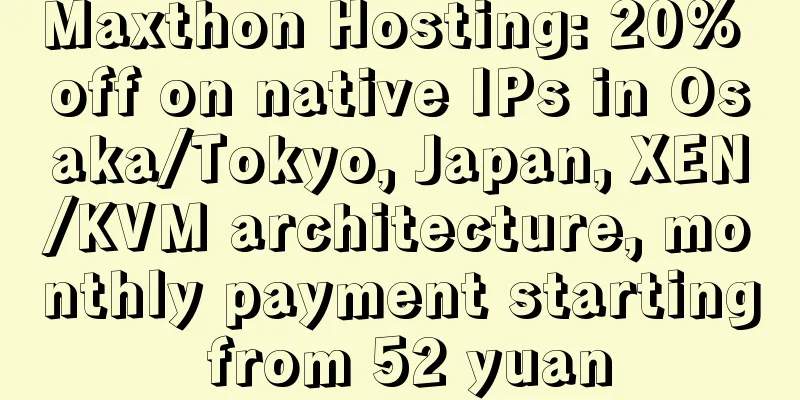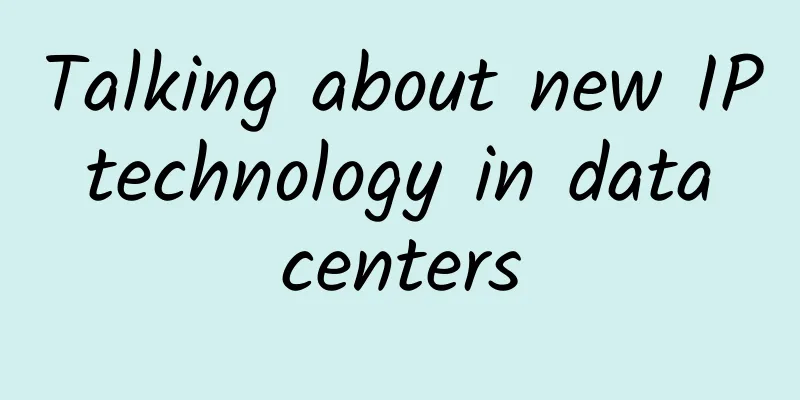F5 security experts talk about DevSecOps: security by design

|
If someone asks, "What is changing the technology ecosystem in this era?", the answer may be the Internet of Things (IoT), artificial intelligence (AI), robotics, or something new that is about to emerge. But for those who have experienced the continuous iteration of technology, the next new thing is not just an abstract concept, but a method that can drive the current "application-driven" global economy. It is DevSecOps (short for development, security, and operations). Recently, Shahnawaz Backer, a security expert in the Asia-Pacific region of F5, shared the concept of achieving security based on DevSecOps in a technical blog. Research results from well-known research organization Infoholic Research show that in the next few years, the global DevSecOps market is expected to grow in the Asia-Pacific market, especially in China, Singapore, Japan and India, which also reflects the growing attention to DevSecOps platforms. DevSecOps advocates integrating security into the development workflow from the beginning. In other words, DevOps merges software development and operations, eliminating silos as a culture, allowing for rapid improvements and improved performance. “Security by design” was once considered a concept that was often over-promoted by technology providers and was therefore often questioned. In a DevSecOps platform, security is fundamentally implemented. Where does DevSecOps fit into the DevOps landscape? F5 believes that DevOps requires a new mindset to embrace this new approach to software development. DevSecOps is a methodology that requires practitioners to prioritize security in the continuous integration and delivery (CI/CD) process. The reality is that many developers are not security experts, and vice versa, many security experts do not do development work. So, how can security be better integrated into the software development life cycle (SDLC)? F5 security experts pointed out that in a DevOps environment, application development is usually a fast-paced and dynamic process. For this problem, it is also necessary to use security testing tools and practices that are used to help organizations keep up with the progress. Today, the application environment faced by enterprises is becoming more and more complex, and the update iteration of applications has been greatly improved from once a year to almost every day. Since DevSecOps processes are not always simple, IT departments need to delve into their channels to understand the types of information and potential vulnerabilities that may subsequently appear, and then obtain the measure of success. DevSecOps requires that ensuring IT security and application security becomes everyone's responsibility, from the security testing tools used to having the security team involved in early communications with customers, reflecting its requirements throughout the entire life cycle. The challenge of safety and speed Another problem that DevOps practitioners encounter when they first get involved in DevSecOps is the speed issue. For example, when deploying application security tools (AST), IT teams usually want to leave ample time for execution to ensure its reliability. However, this will become a small flaw for organizations that require speed and agility. Organizations need to consider and minimize the impact of time costs. There are also practical issues, such as ensuring that tools and techniques work best in containers, and even ensuring that the AST tools used do not negatively impact the scalability of containers. However, this may happen if the AST tool's image has a large footprint or relies on data that must be stored in the container. However, AST tools also take time to run, and they can slow down the entire CI/CD pipeline. Interestingly, the CI/CD pipeline has never conceptually prioritized security as a performance priority, but rather speed and convenience. With the introduction of DevSecOps concepts and methods, everyone in the development process has the responsibility to ensure security. However, this leads to slow development, and as a result, this approach is seen as a roadblock to innovation. In fact, only by putting security first can IT organizations avoid losses and damages caused by security risks. Finally, F5 security experts remind that due to the fast iteration characteristics of DevOps, people should pay attention to its speed of improvement and regard security as a "must-have feature". Because today, security is no longer just a "key performance". Before DevOps and DevSecOps are fully integrated, the latter will serve as a temporary branch in various environments to highlight the role of security in application development. |
<<: Addressing IoT and edge computing security challenges
>>: Huawei Cloud's Zheng Yelai: Diversified computing power drives application innovation
Recommend
Whether to upgrade WiFi 6 routers depends on the consumer's own situation
Nowadays, remote home office and classes have bec...
PhotonVPS: $4/month KVM-2GB/30GB/2TB/Los Angeles & Dallas & Chicago, etc.
It's been a long time since I shared the news...
The key to managing "big data killing old customers" is to prescribe the right medicine
[[343477]] To manage the phenomenon of "big ...
Ten Limitations of MU-MIMO in WiFi
MIMO technology has continued to evolve since its...
Migrating manufacturing to Industry 5.0 with 5G
Chicago’s Digital Manufacturing Institute and the...
Highlights of Bluetooth Mesh Technology
Bluetooth is one of the most dominant low-power w...
The inheritance of mobile communications from the 1G era
This article is reprinted from the WeChat public ...
Secada releases the latest 2017 global Chinese PC antivirus software detection and killing capability evaluation report
Recently, the internationally renowned third-part...
5 web trends you need to know about in 2021
On December 14, 2020, a massive network outage ca...
DotdotNetwork: $19/month - 2 cores, 16G memory, 30G SSD, 4TB/10Gbps bandwidth, Los Angeles data center
Recently, I received a submission from DotdotNetw...
Co-construction and sharing to protect and release the dividends of 5G
[[351365]] There has always been controversy in t...
Artificial intelligence combined with 5G will change the diagnosis and treatment model and process of the medical industry
The global COVID-19 pandemic has accelerated the ...
In-depth analysis of the operation results of Go Channel in each state
Hello everyone, I am Fisherman. Channel is a uniq...
5G is coming! How much does a 5G phone cost? Do you know the 5G charging standards?
[[267637]] On June 6, China officially issued 5G ...
Come to HC to see Huawei "unlock" the "efficient model" for government and enterprises to move from operation and maintenance to operation
[51CTO.com original article] The digital transfor...









